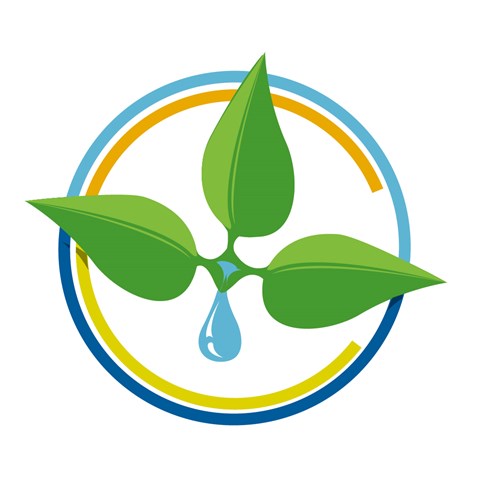Contact
Environment Unit:
miljo@slu.se

Do you have a clever idea for how SLU can reduce its impact on the climate? Apply for funding from the SLU climate fund and turn your ideas into reality!
Funding from the climate fund is paid once every year, during autumn. Deadline for the next application round is 30 September 2025.
Each one way trip by plane will be subject to a fee. The size of the fee varies depending on the type of trip:
The definition of ’trip’ is a journey from start to destination, regardless of the number of stopovers.
Example: A return trip from Arlanda to Malmö by plane = two fees. A trip from Arlanda to Malmö, returning by train = one fee.
In connection with the yearly call, information on the amount of funds available will be published on the Climate Fund's web page. Based on these funds, it is up to each project group to decide how to apply for. There is no maximum or minimum limit on the amount of funds that can be applied for each project.
Since it is not possible to say with certainty how much funds will be available from year to year, it is not possible to apply for funds for multi-year projects.
So far, there have been about SEK two million to apply for each year.
A decision to grant funding for a project must always be weighed against the purpose of the climate fund. The following criteria will be assessed for each project before a decision on funding is taken.
To what extent the project:
The project should preferably, but not necessarily:
The climate fund is managed by a steering group. The steering group has the following tasks:
The steering group submits proposals for decisions. The vice-chancellor makes the final decision on how the resources of the climate fund will be used.
Environment Unit:
miljo@slu.se